War Hospital — Review
Managing a military hospital - that sounds intriguing. It could be a nice change from games focused on building traditional medical facilities or RTS games solely focused on combat. With these thoughts in mind, I approached War Hospital, but my hopes for an exceptional experience quickly dissipated, leaving me sighing at the wasted potential.
As evident from the name, you'll be in charge of a military hospital placed in the context of World War I. Everything unfolds practically in a single, small location with a few buildings, where you coordinate staff and try to save as many wounded as possible. The main structures are civilian buildings, such as a church, while others are military constructions and tents that can be added later.
The hospital's core is the area for receiving the wounded, brought in from the front lines. The primary component in this building is the surgical department; later, you can add traumatology and chemical departments. Surgery deals with most common patients, requiring bullet removal, wound treatment, or limb amputation. The other two departments handle specific cases, such as treating shock, stress, mental disorders, burns, and gas poisoning. Each department has its doctors, initially facing an acute shortage, as does the rest of the staff. So, you'll have to make do with just one or two doctors for an extended period, at least initially, and primarily in surgery.

The main issue is that doctors tire quickly. After about four or five surgeries, they are completely exhausted and need several hours of rest. Meanwhile, there are usually more than ten patients in line, and additional ones keep coming. In practice, this means you'll struggle to treat all the wounded, and many won't make it. You have the option to reject some cases, usually condemning them to death. The only difference from death on the ward is a smaller morale penalty, which is little consolation.
You should assign patients to doctors based on their condition and other criteria. Those in good spirits or stabilized can wait longer; serious cases should go first, and critical ones as soon as possible. If there's a VIP among the wounded, such as a general, they become the top priority. Treating them brings a reward, neglecting their care results in a penalty. Additionally, pay attention to the estimated surgery time and the amount of medication needed for each patient. Sometimes it's better to prioritize more lightly wounded individuals, whom you can operate on quickly and with minimal medication, over someone with severe problems, whose surgery takes hours, and the outcome is uncertain. It's cruel, but you can't save everyone. Assigned surgeries proceed automatically, but occasionally you have the option to choose a procedure that saves time, medication, or increases the patient's chances of survival.
As you'll soon discover in the first hours of the game, or throughout the entire first chapter, mortality, despite your efforts, is extremely high. The ratio is roughly one survivor to two deaths. Several factors contribute to this, primarily poorly adjusted game difficulty. In short, you won't have enough options, resources, and personnel for quite some time to handle the situation smoothly and avoid falling into the red. The game challenges you shortly after the start, and finding solutions is often tied to limited options. The situation significantly improves in the second chapter, especially if you've gained some reinforcements in the first.
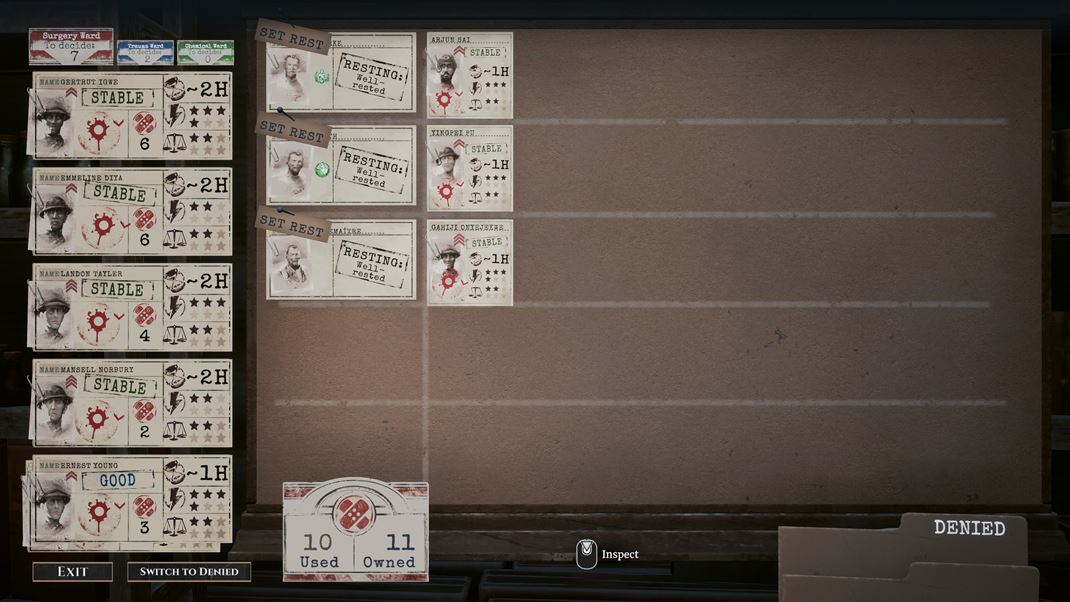
So, it's somewhat more intelligently balanced in the later chapters, although you may not even want to go there. They unfold almost identically to the first, with more staff and upgrades. However, it's mainly about keeping the hospital operational for a certain number of days, ensuring overall morale doesn't drop to zero, and protecting the area. You quickly realize it's just a series of repetitive processes that become monotonous and unengaging. While the basic system isn't inherently bad, the gameplay itself is rather dull.
Among the hospital's additional buildings is the operating wing, where surgeries are performed based on the procedures you've set upon admitting the wounded. There's also the pharmacy where staff manufactures medications, a canteen for meals to adjust rations in case of food shortages, a warehouse, and a cemetery for the deceased. Additionally, there's staff accommodation and a crucial rehabilitation center where post-operative patients are transported to rest until they can stand on their own again. After the required time, they're ready for reassignment, managed through a filing system.
Those healed in the rehabilitation center can be sent to the trenches near the hospital to defend it. In practice, this means having enough soldiers ready for occasional enemy attacks. You can see in advance if it will be sufficient, and the result is generated automatically. Another option for healed patients is transferring them to the HQ, a military base. This earns you military contributions, used to purchase medications, food, and alcohol brought by regular trains to a nearby station. Contributions can also be used for research, unlocking new treatment procedures and products, increasing production, staff quantity, and their comfort, which will undoubtedly help and improve your results in the future. Finally, you can discharge patients, releasing them from military service, which boosts morale in the hospital.
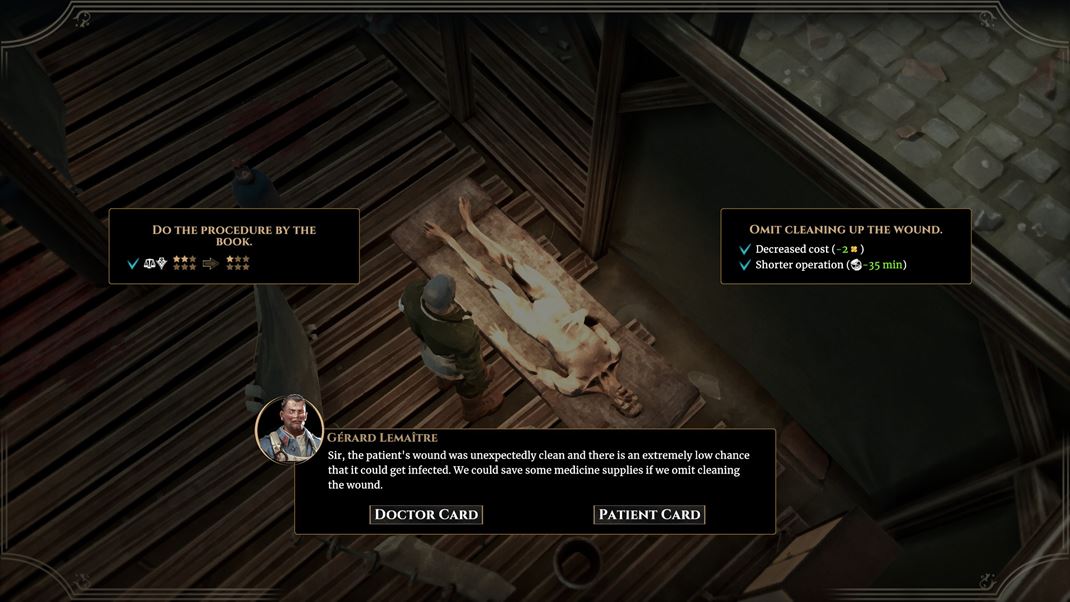
In all buildings and activities, appropriate staff is required, including doctors, medical teams, nurses, engineers, and explorers. We've already covered doctors. Medical teams mainly transport patients to the operating room and various departments, as well as handle burials in the cemetery. Nurses assist in surgeries, expedite patient selection, and aid in their recovery. Engineers construct buildings, manufacture medications and food, and manage research. Explorers are a bit unconventional for a hospital setting, adding some variety to the game. You can send them on missions on the map, where, after a set time and solving specific situations like discovering enemy camps or searching settlements, you can obtain resources and rewards. Staff members gain higher levels with the option to choose new traits. They can work more efficiently in selected departments or consume less food, regenerate faster, and more.
Except for explorers, all hospital staff members get tired and exhausted from work. Your ongoing task is to interchange them in various buildings and departments to prevent the hospital from stagnating. As mentioned earlier, especially in the first hours, staff is extremely scarce. Often, you don't have enough rested individuals to replace them, leaving positions vacant until the staff recovers. Gradually, you can request additional staff, essentially hiring them for staff points—points earned slowly through completing tasks from the command, mostly related to successful surgeries. Alternatively, you can send engineers to repair a derailed train and other tasks, but you'll miss them elsewhere.
Perhaps it doesn't sound that bad while reading, and the management is functional, although unbalanced. However, in practice, it's not particularly enjoyable, even if you speed up time to make things go more smoothly. Most of the time, you'll be rotating staff in departments, assigning patients to doctors, and deciding on the reassignment of those who have recovered, turning it into a tedious routine. Without significant stimulation, excitement, or a compelling story to motivate you to continue and discover what happens next, the game may lack appeal.
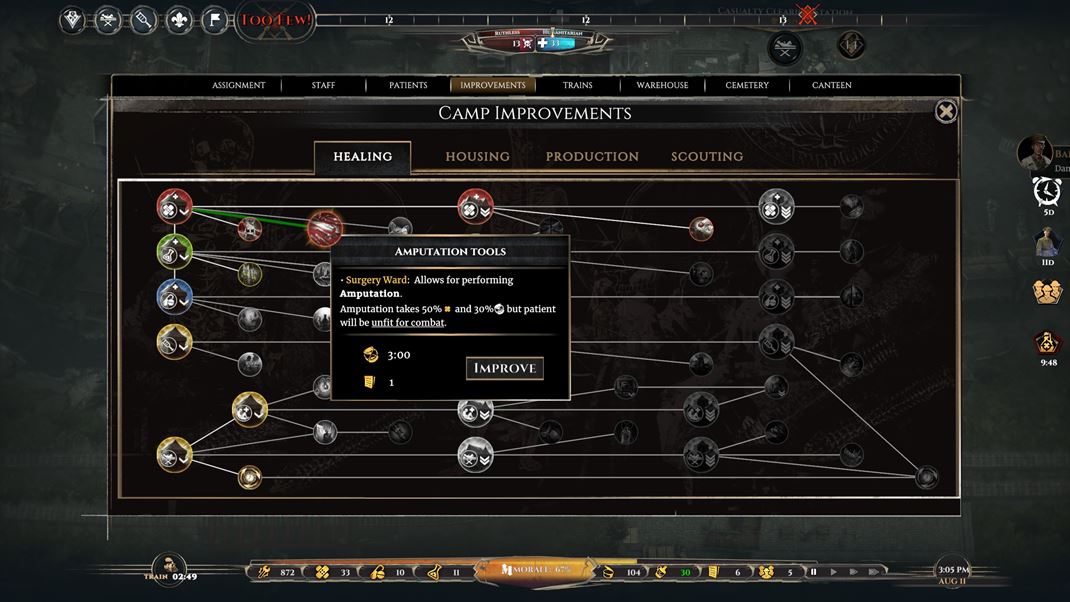
Furthermore, the game is not visually appealing. The developers created a single small location with a few houses, and you won't move anywhere else in the next chapter. The only option is to switch to a close-up view of the trenches, but it doesn't offer much because you can't change the position of defenders or coordinate and influence the battle in any way. It's worth mentioning the ability to rotate the surface and zoom, allowing you to look inside each building up close. However, this mostly highlights the weak design. Especially brief glimpses of the battlefield in supplementary scenes are downright unattractive, and the developers opted for an unfriendly way of presenting them.
The sounds and music are unremarkable, though occasionally, you may hear some dubbed dialogue. The user interface, while not complicated, has confusingly organized individual items. It's probably best to click on individual buildings, where related options are displayed. A criticism for the creators would be the lack of automatic progress saving. It would be useful at least every half hour or according to the player's settings. There is only manual saving, possible at any time, but if you forget or if the game freezes, you'll lose all progress from the last time you saved.
War Hospital has a good concept, and the basic system has a certain logic and depth, but the game itself is dull and unengaging. As I pondered this, many possibilities came to mind on how to bring everything to life, and what a fantastic experience MASH could be in this genre, with its medical helicopters. Perhaps some developers will tackle this in the future, and I hope they will be much more successful than Brave Lamb Studio, which, in this case, struggled with the military hospital concept.

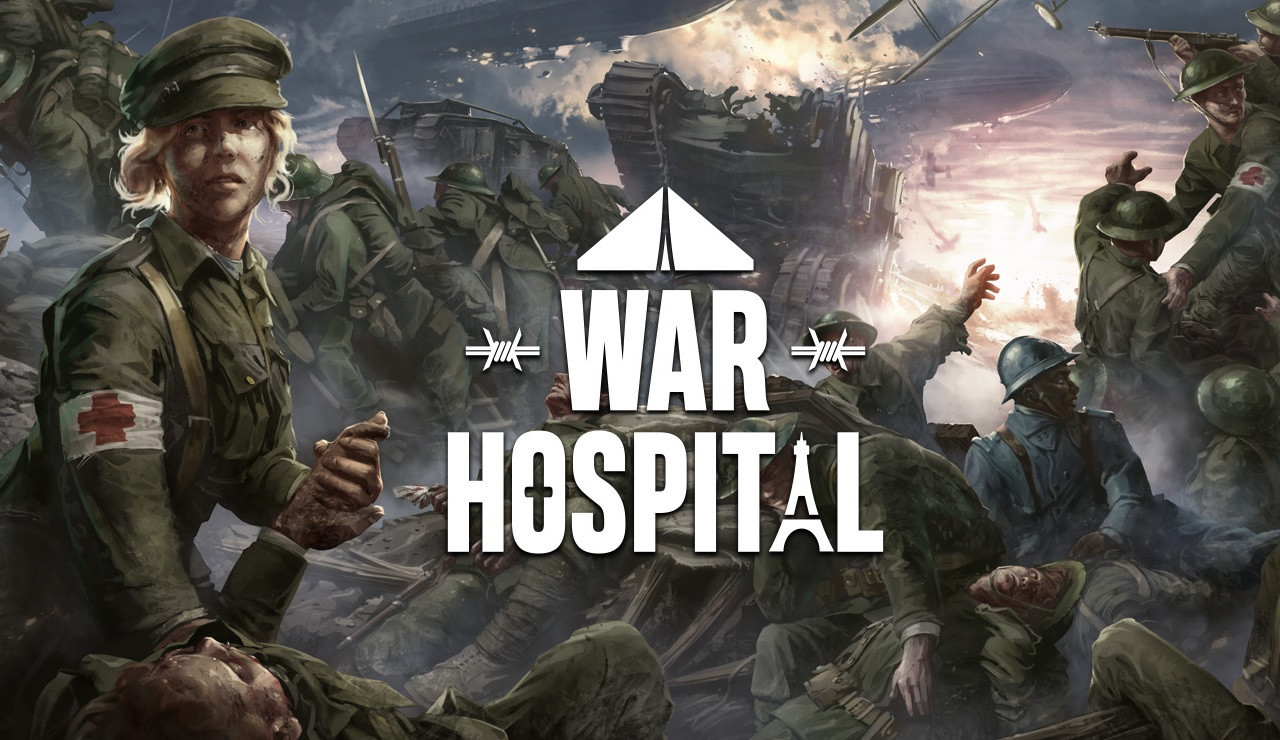
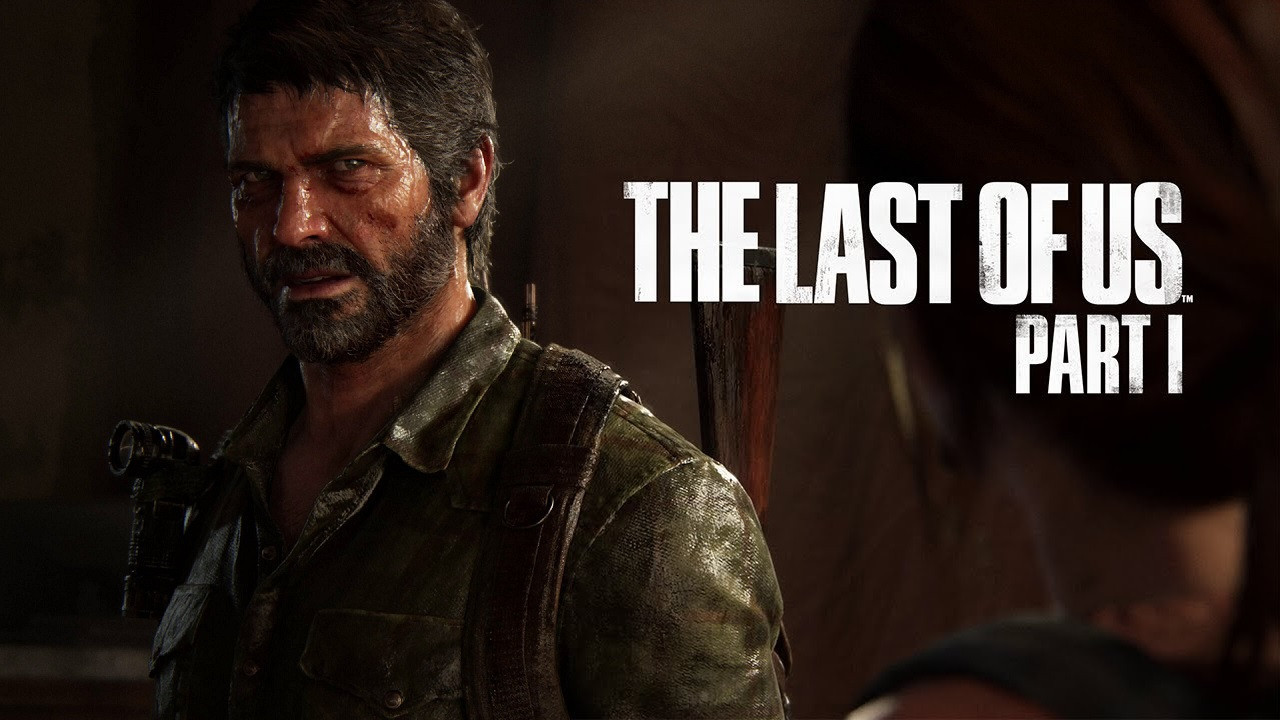


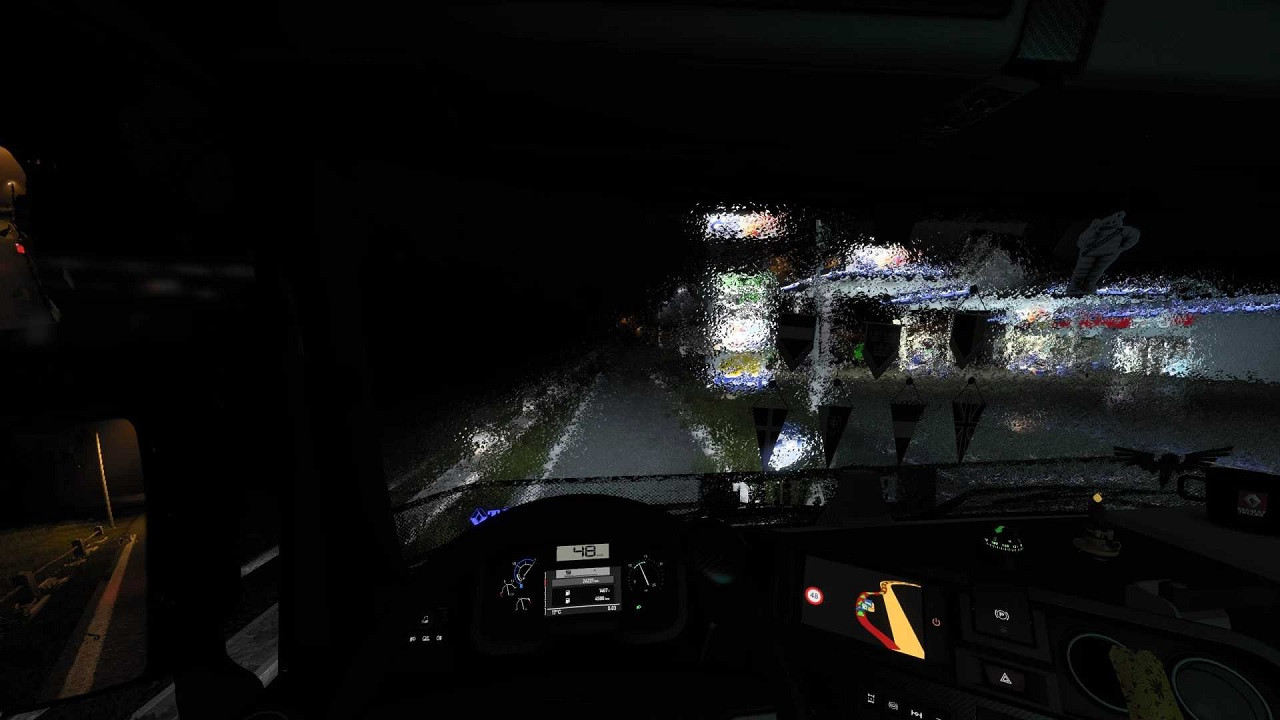
Comments (0)
No comments found